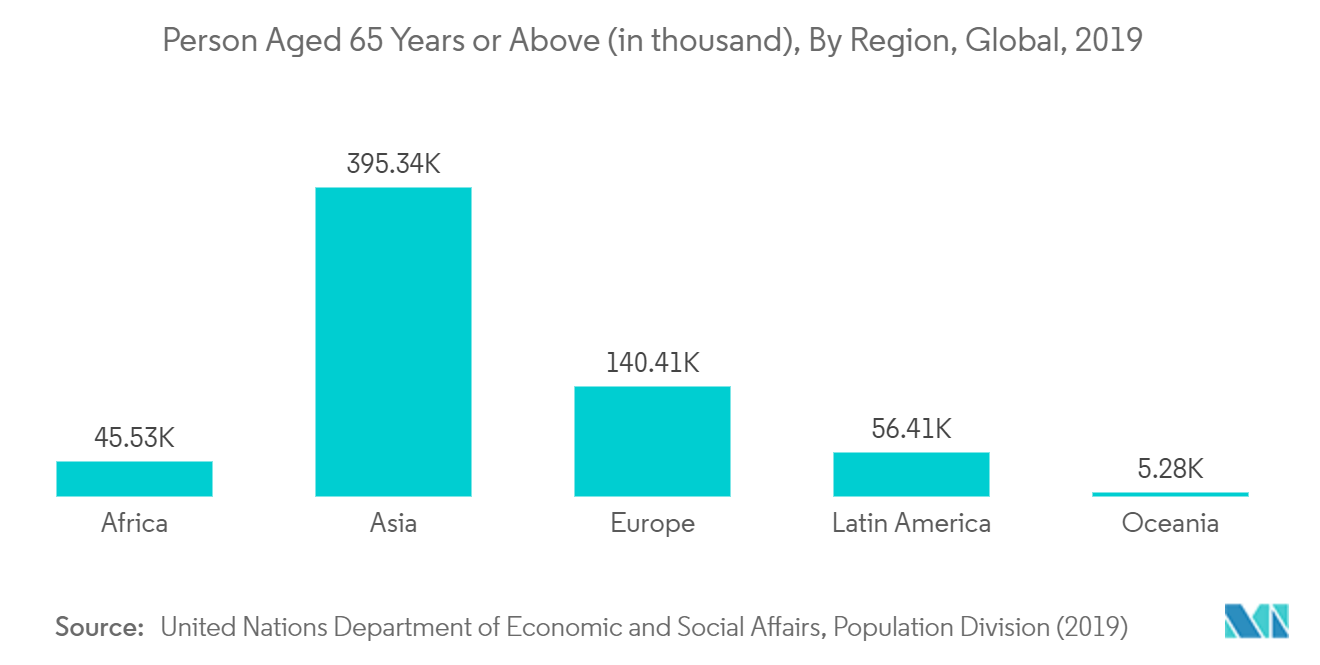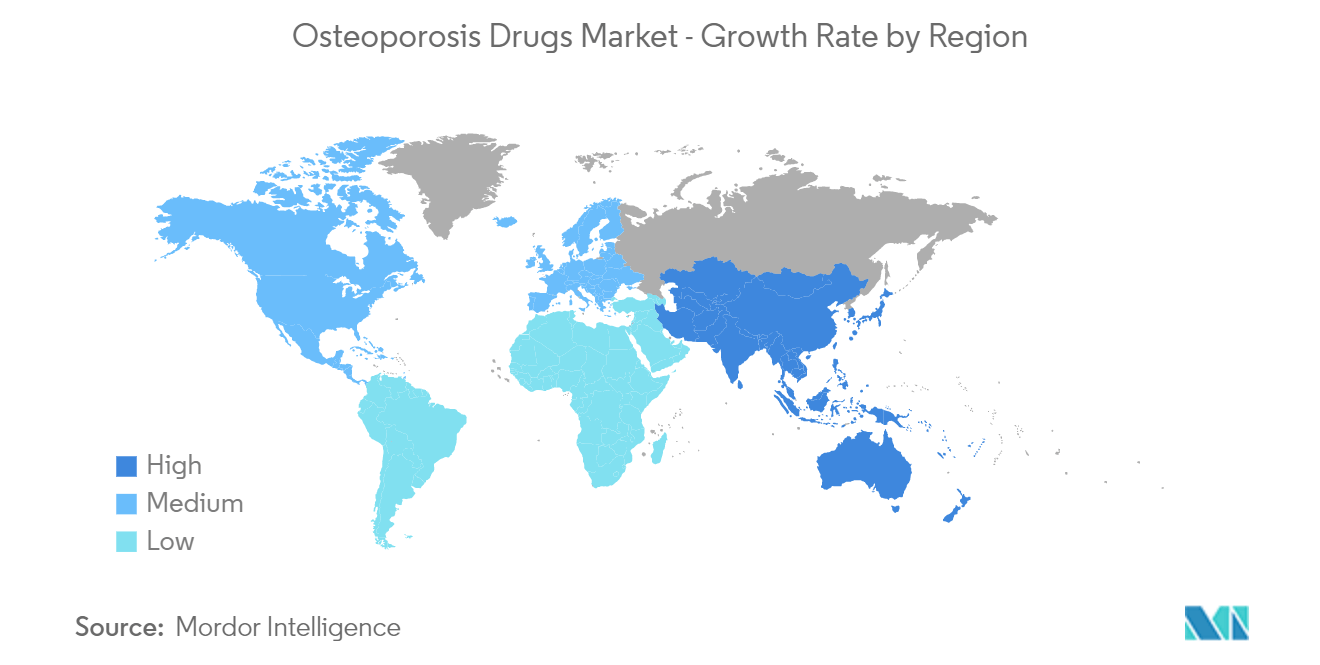Market Trends of Global Osteoporosis Drugs Industry
This section covers the major market trends shaping the Osteoporosis Drugs Market according to our research experts:
The RANK Ligand Inhibitors Segment is Expected to Dominate the Market Over the Forecast Period
Rank ligand (RANKL) inhibitors are used to treat osteoporosis in patients at high risk of fracture. The high growth potential results from the positive patient outcomes associated with rank ligand inhibitors. Positive patient outcomes can be attributed to significant improvements in bone metabolism. Rank ligand inhibitors can also be used in combination with other drugs to convey the synergistic effect on the entire treatment system. The above-mentioned factor is also expected to be one of the key factors in generating profit. Other benefits associated with rank ligand inhibitors are a reduction in cellular bone density and an increase in bone mineral density, thus increasing their demand.
The Rank ligand may prevent COVID-19. According to a study conducted by a Spanish hospital, Del Mar Hospital, by 2020, denosumab aimed for the RANK/RANKL system, which maintains balance in the skeletal system. It activates the lymph node T-cell and affects the immune system. Inhibition of this system reduces cytokines that cause inflammation in the body and helps control inflammation, which is one of the major risk factors for COVID-19. Thus, due to the widespread use of RANKL, the segment is likely to grow rapidly.

North America Dominates the Market, and May Continue a Similar Trend During the Forecast Period
North America is expected to dominate the overall osteoporosis drugs market throughout the forecast period. The market growth is due to the presence of key players, the high prevalence of osteoporosis patients in the region, established healthcare infrastructure, and the availability of branded drugs.
The United States has the largest market share due to the increasing adult population, a growing number of patients in the country, and several collaborative efforts initiated by large companies to improve their capabilities and ensure higher medical standards. For example, according to the National Osteoporosis Foundation (NOF), since 2020, more than 10 million people in the United States have been diagnosed with osteoporosis, which is more common in menopause. Therefore, the increasing incidence due to menopause in women is expected to be a significant growth factor contributing to the regional drug market for osteoporosis.
COVID-19 disrupts and delays the treatment of many patients with osteoporosis. Hence, the American Society for Bone and Mineral Research (ASBMR) set up an orthopedic committee to oversee the treatment of targeted diseases during the pandemic. For example, in April 2020, a paper on the evidence behind the recommendations was published in the official journal of the American Society for Bone and Mineral Research (ASBMR), Journal of Bone and Mineral Research. The guidelines recommend that patients should continue with osteoporosis medication safely. The introduction of new oral bisphosphonate treatment can be done remotely and should not be delayed in patients at high risk of fracture. Therefore, COVID-19 is expected to significantly impact the market's growth in North America.
The growing demand is also due to collaborative research programs implemented by major health organizations and companies and the development of new products that constantly strive to improve alternative therapies in the current market environment. For example, in 2019, Amgen announced that the US FDA approved its Evenity (romosozumab-aqqg) for the treatment of osteoporosis in postmenopausal women at high risk of fracture. This factor may open new opportunities for the market's growth in the region.


